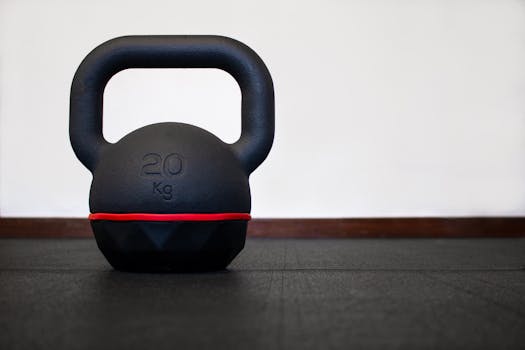
Combining Strength Training with Cardio for Maximum Results
Takeaways: Achieving maximum results in your fitness journey requires a balanced approach that combines strength training with cardio. Both forms of exercise offer unique benefits that, when combined, can lead to enhanced muscle growth, improved cardiovascular health, and effective fat loss. The key is to find the right balance and structure your workouts effectively.
Are you looking to enhance your fitness routine and achieve maximum results? Many fitness enthusiasts and beginners alike often wonder how to effectively combine strength training with cardio. While both forms of exercise have their distinct benefits, integrating them into a comprehensive workout program can yield significant improvements in muscle development, fat loss, and overall health. In this article, we’ll explore the advantages of strength training and cardio, how to combine them effectively, and tips for creating a balanced workout routine.
The Benefits of Strength Training

- Muscle Growth: Strength training stimulates muscle hypertrophy, leading to increased muscle size and strength.
- Metabolism Boost: Building muscle increases your resting metabolic rate, meaning you burn more calories even when at rest.
- Injury Prevention: Strengthening muscles and connective tissues helps reduce the risk of injuries during physical activities.
- Bone Density: Resistance training improves bone density, reducing the risk of osteoporosis as you age.
The Benefits of Cardio

- Heart Health: Regular cardio strengthens the heart and improves circulation.
- Fat Loss: Cardio is effective for burning calories and promoting fat loss when combined with a proper diet.
- Increased Endurance: Cardio workouts enhance your stamina, making daily activities easier.
- Mood Enhancement: Cardio releases endorphins, which can improve mood and reduce stress.
How to Combine Strength Training with Cardio

- Prioritize Your Goals: If your main goal is muscle gain, focus on strength training and include cardio as a supplement. Conversely, if fat loss is your priority, prioritize cardio while maintaining a strength training regimen.
- Schedule Wisely: You can either do strength training and cardio on the same day or separate them into different days. For example, you could perform strength training in the morning and cardio in the evening.
- Incorporate Circuit Training: Combine strength exercises with short bursts of cardio. For instance, alternate between weightlifting and jumping jacks to keep your heart rate elevated.
- HIIT Workouts: High-Intensity Interval Training (HIIT) incorporates both strength and cardio by alternating short bursts of intense exercise with rest or lower-intensity exercise.
Tips for Effective Workouts

- Warm-Up: Always start with a warm-up to prepare your body for exercise and prevent injuries.
- Listen to Your Body: Pay attention to how your body responds to different workouts and adjust your routine accordingly.
- Stay Consistent: Consistency is key to achieving your fitness goals. Create a schedule that fits your lifestyle and stick to it.
- Nutrition Matters: Fuel your body with a balanced diet rich in proteins, healthy fats, and carbohydrates to support your workouts.
Conclusion

FAQs
- Can I do strength training and cardio on the same day? Yes, many people do both on the same day. Just be sure to structure your routine based on your fitness goals.
- How often should I combine strength training with cardio? It depends on your goals, but a balanced routine might include strength training 3-4 times a week and cardio 2-3 times a week.
- What’s better for fat loss: strength training or cardio? Both are effective; however, strength training helps build muscle, which can increase metabolism and aid in fat loss.
- Should I do cardio before or after strength training? If your primary goal is strength, do strength training first. If your goal is endurance or fat loss, you can do cardio first.






